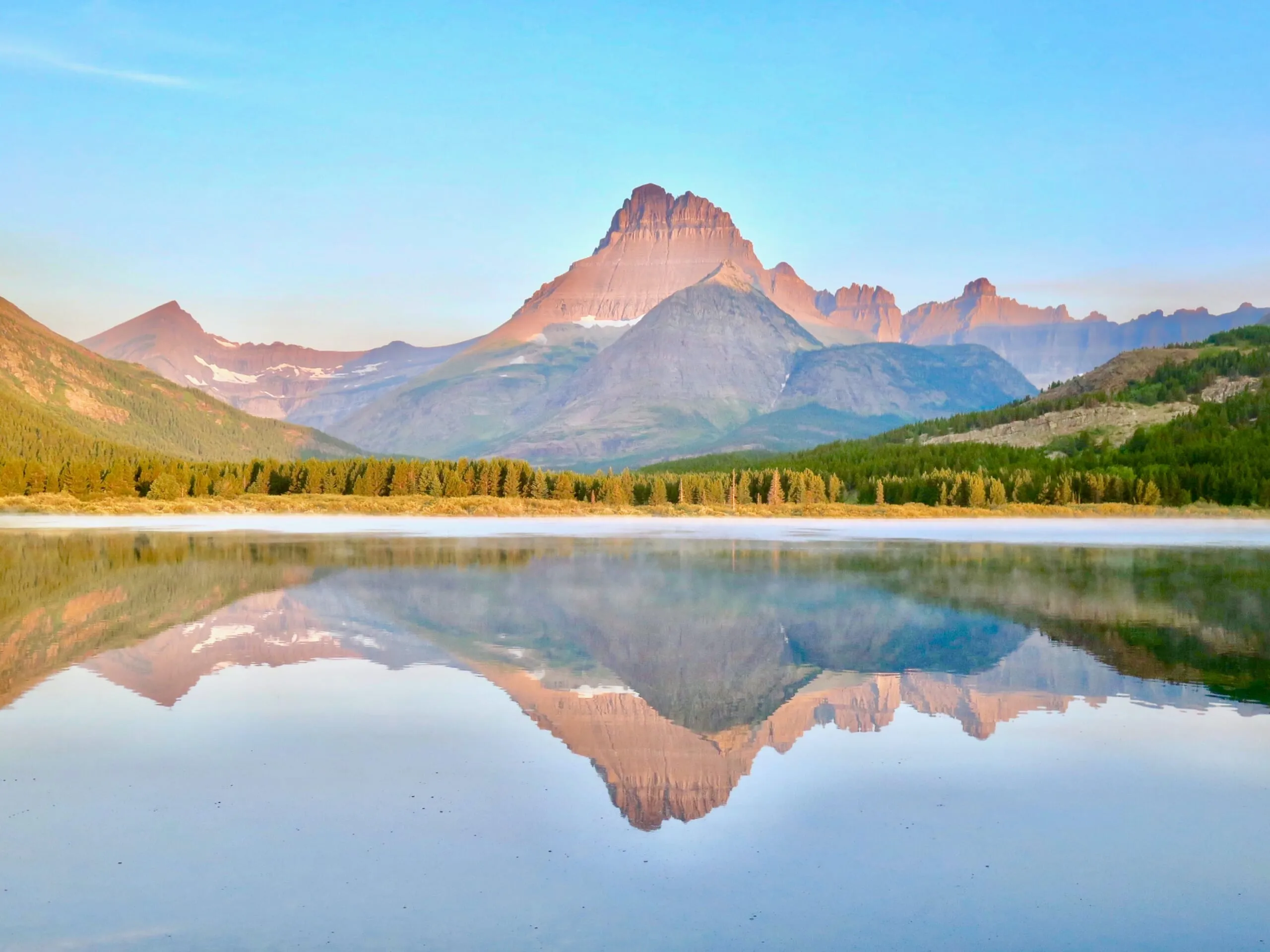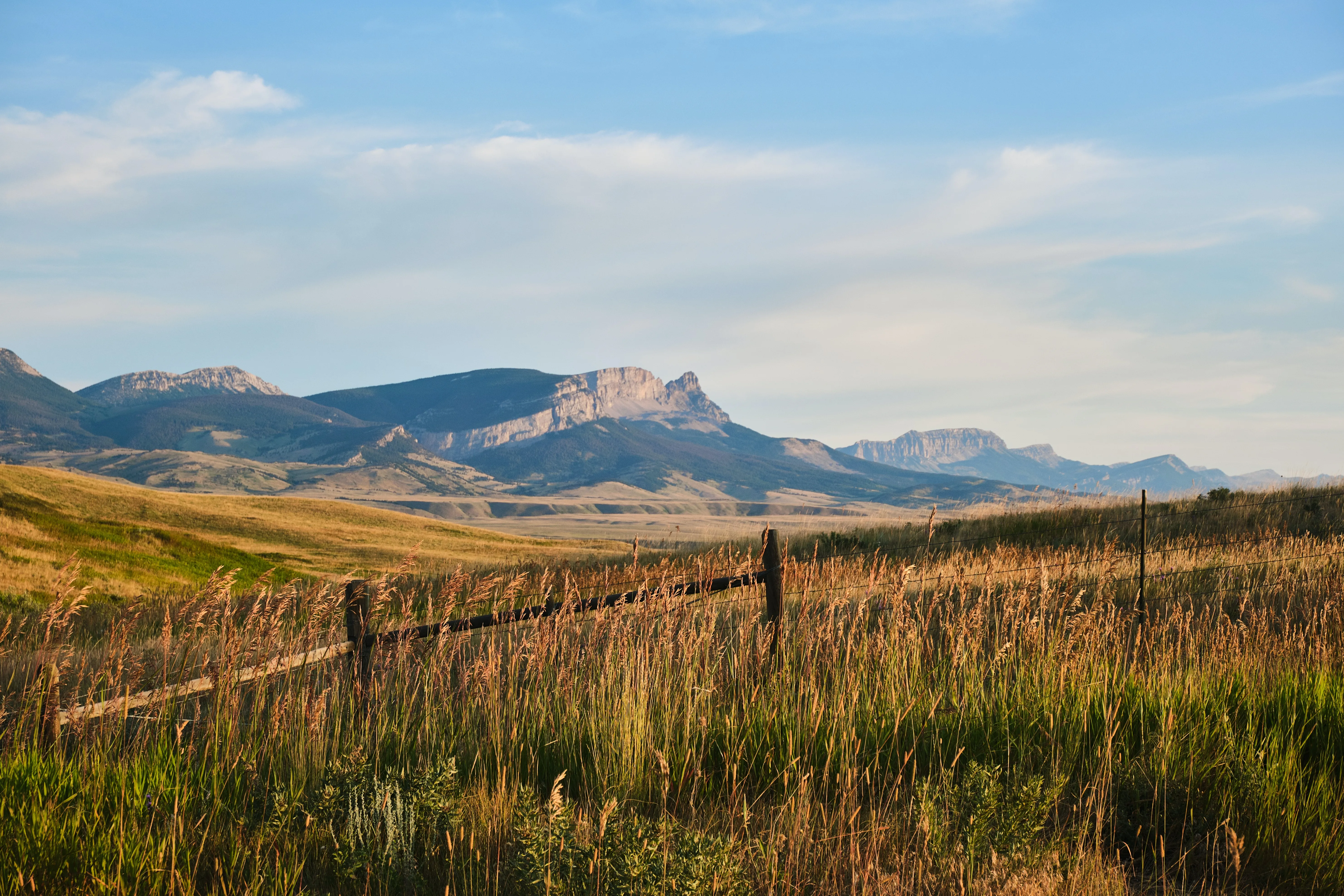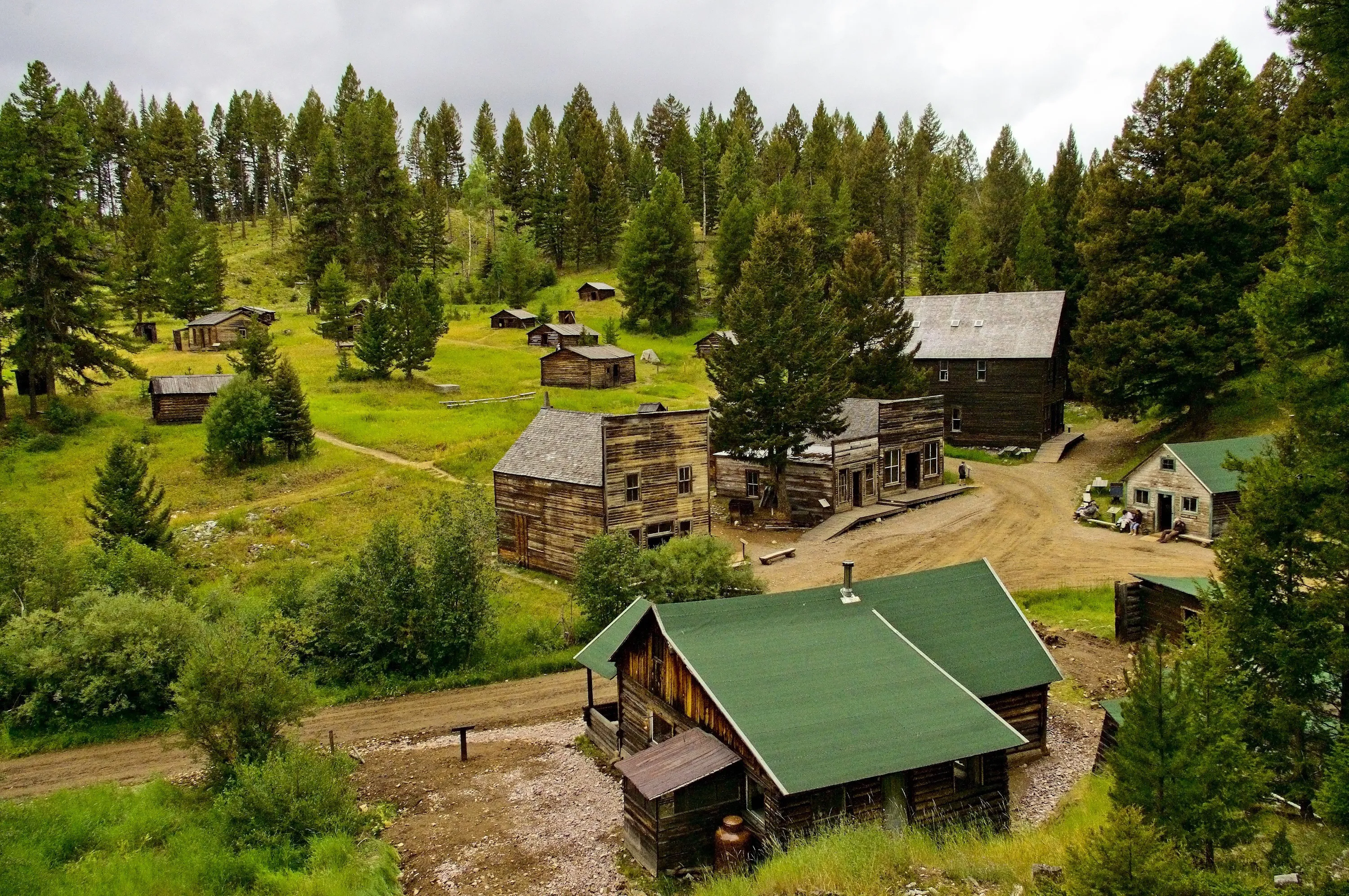Montana, nicknamed “Big Sky Country,” is renowned not only for its majestic mountains and pristine turquoise lakes but also as a haven for nature enthusiasts and photography aficionados. Particularly in winter, when snow blankets the vast grasslands, Montana transforms into an ideal destination for a unique experience: photographing snow buntings.
In stark contrast to Montana’s vibrant summer hues, winter unveils a tranquil, untouched, and captivating beauty. The expansive grasslands morph into a pristine white carpet, creating a perfect backdrop for migratory birds wintering here, including snow buntings. These tiny birds, with their pure white plumage accented by black and brown markings, become exquisite highlights against the snow-covered landscape, offering exceptional opportunities for photographers to capture unique natural moments.
Snow Buntings – Winter “Gems” of Montana’s Grasslands
The snow bunting (Plectrophenax nivalis) is a bird of the Emberizidae family, celebrated for its remarkable adaptation to the harsh environments of polar and subpolar regions. During winter, as much of the Northern Hemisphere freezes over, snow buntings migrate southward in search of food sources and milder habitats. Montana, with its sprawling grasslands and a more temperate climate compared to polar regions, becomes an ideal stopover for them.
Snow buntings are captivating not only for their aesthetic appeal but also for their fascinating behaviors. They often forage in large flocks across snow-covered fields, creating “clouds” of white birds fluttering in the sky. Their melodious, clear songs resonate in the winter’s stillness, evoking a sense of peace and closeness to nature.
To ensure a successful snow bunting photography session, thorough preparation is crucial. Here are key factors to consider:
Ideal Timing and Locations
The best time for snow bunting photography in Montana is during winter, from November to March. This period sees the largest influx of snow buntings migrating to Montana. Early mornings and late afternoons are when the birds are most active, and the soft light enhances photo opportunities.
Regarding locations, the vast grasslands in eastern and central Montana are where snow buntings frequently appear. Some recommended areas include:
- Grasslands near Glacier National Park: The areas surrounding the park, especially the valleys and eastern grasslands, offer ideal habitats for snow buntings.
- Areas around Flathead Lake: The grasslands and open fields along the shores of Flathead Lake also attract snow buntings in winter.
- Farms and abandoned fields: Snow buntings often seek food in these areas, particularly where seeds and weeds remain.
- State Parks: Many state parks in Montana feature large grassland areas and well-preserved natural environments, facilitating snow bunting observation and photography.

Essential Equipment
To capture high-quality snow bunting photos, you’ll need to prepare comprehensive professional photography gear:
- DSLR or mirrorless camera: A camera with fast continuous shooting capabilities and a reliable autofocus system is essential for capturing birds in flight.
- Telephoto zoom lens: Lenses with a focal length of 300mm or longer are ideal for photographing birds from a distance without disturbing them. A lens with a wide aperture (f/2.8 or f/4) will be beneficial in low winter light conditions.
- Tripod: A tripod stabilizes the camera, especially when using heavy telephoto lenses and shooting at slow shutter speeds.
- High-capacity memory cards and spare batteries: Wildlife photography often involves capturing numerous shots in quick succession, making large memory cards and extra batteries indispensable.
- Warm and waterproof clothing: Montana winters are very cold, so dress warmly in layers, with waterproof and windproof outerwear to stay comfortable throughout your photography session.
- Gloves and a beanie: Keeping your hands and head warm is crucial for comfortable camera operation and preventing heat loss.
- Snow boots: If you plan to walk in the snow to find birds, snow boots will help you move easily and keep your feet warm.
- Binoculars: Binoculars help you spot birds from afar and identify their locations before approaching for photography.
Snow Bunting Photography Techniques
Photographing snow buntings requires patience, attention to detail, and a bit of skill. Here are some techniques you can employ:
- Camouflage: Snow buntings are quite sensitive to human presence. Wear neutral-colored clothing that blends with the surroundings and move quietly, avoiding loud noises.
- Approach slowly: When you spot a flock of snow buntings, approach them slowly and gently. Avoid walking directly towards them; instead, move in a circle or approach from behind cover.
- Wait and observe: Instead of chasing after the birds, find a good hiding spot and wait. Snow buntings often return to the same feeding areas multiple times a day. Observe their behavior to anticipate their movements and be ready to shoot.
- Use continuous shooting mode: Snow buntings move very quickly; continuous shooting mode will help you capture fleeting moments.
- Focus accurately: Focus on the bird’s eyes to ensure sharp and engaging photos. Use continuous autofocus (AF-C) mode to allow the camera to track the birds as they move.
- Set appropriate aperture and shutter speed: Use a wide aperture (f/2.8 – f/5.6) to blur the background and emphasize the bird subject. The shutter speed should be fast enough (at least 1/500 second) to freeze bird movements, especially when photographing birds in flight.
- Pay attention to composition: Look for unique and creative angles. Use natural elements like branches, bushes, or snow to create appealing photo compositions.
- Edit your photos: After shooting, edit your photos to enhance contrast, color, and sharpness, making them more vivid and impactful.

Combine Snow Bunting Photography with Winter Montana Exploration
A snow bunting photography trip in Montana is not only an opportunity to indulge your photographic passion but also a chance to explore the unique beauty of this state in winter. You can combine your bird photography experience with other exciting travel activities:
- Skiing at Big Sky: Big Sky Resort, the largest ski resort in North America, is an ideal destination for winter sports enthusiasts. After hours of photographing birds in the grasslands, you can enjoy the thrill of skiing on fantastic slopes.
- Visiting Glacier National Park: Winter offers a different kind of beauty to Glacier National Park. Although some areas may be closed due to snow, you can still explore accessible areas and admire the majestic snow-covered mountain scenery.
- Soaking in natural hot springs: Montana is famous for its natural hot springs. After a long day outdoors, soaking in the warm waters of a hot spring will help you relax and rejuvenate.
- Exploring Garnet Ghost Town: Garnet Ghost Town is a unique historical site where you can learn about the lives of 19th-century miners. Winter adds a mystical and serene atmosphere to this town.

Conclusion
Experiencing snow bunting photography on Montana’s grasslands is a unique journey, blending photographic passion with the exploration of wild natural beauty. Winter in Montana is not just about the cold; it also holds wonders and surprises. Pack your gear, plan your trip, and come to Montana to fully enjoy the beauty of “Big Sky Country” and capture memorable moments with snow buntings, the winter “gems” of the vast grasslands.